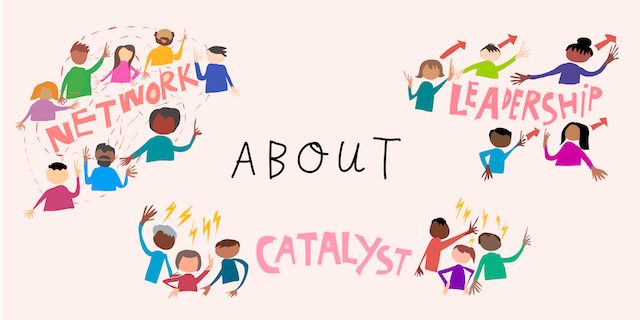Access to Justice BC

Access to Justice BC (A2JBC) is a collaboration of individuals and organizations committed to improving access to justice in British Columbia and chaired by the Chief Justice of BC.
A2JBC started in response to the national call for action to make family and civil justice more accessible from former Chief Justice Beverley McLachlin and the 2013 Final Report of the Action Committee on Access to Justice in Civil and Family Matters, “A Roadmap for Change”.
A2JBC’s story continues to emerge. Read the whole story here.
Setting the Course - Thinking like a movement
The people who make up the A2JBC Leadership Group first came together in 2015. They realized that achieving access to justice would not be easy. Speaking to the Group about his book, “Impact: Six Patterns to Spread Your Social Innovation”, Al Etmanski convinced those gathered that they should think like a movement if they really wanted to impact the intractable problem of access to justice. They chose the name Access to Justice BC (soon shortened to “A2JBC”). Engaging justice system stakeholders in the “movement” became a primary objective of A2JBC.
Finding the How - The A2JBC Approach
By 2016, A2JBC had come to the realization that access to justice is not a complicated problem that justice system “experts” can fix: it is a complex social problem, impacted by many interrelated factors. Solutions emerge only when diverse actors work together and take a systemic approach.
At a strategy meeting in 2017, the group watched a video about how the introduction of wolves into Yellowstone National Park, for the purpose of controlling the deer population, ended up changing the Park’s ecosystem in unexpected ways and for the better. The group decided that A2JBC’s “wolf factor” would be setting the conditions for a culture shift in the justice sector. A2JBC developed the “A2JBC Approach” to access-to-justice action: user-centred, collaborative, experimental and evidence-based.
Aligning Around a Measurable Goal - The A2J Triple Aim
Over several months, A2JBC developed the Access to Justice Triple Aim: one aim with three interrelated elements:
• Improved population access to justice
• Improved user experience of access to justice, and
• Improved costs.
The A2J Triple Aim is an aspirational goal. It is also user-centred and measurable. A cost element is included to encourage a cost-benefit analysis.
To help justice organization use the Triple Aim, A2JBC ‘s A2J Measurement Working Group created a Triple Aim Measurement Framework and, in August 2018, a User Guide titled “Walking the Talk about Measuring Access to Justice - Applying the Access to Justice Triple Aim and Measurement Framework”.
In 2019, more than 50 justice sector organizations endorsed A2JBC’s Access to Justice Triple Aim. Their endorsement demonstrates broad cross-sectoral agreement that, indeed, there is an access to justice problem—something we’ve known for years, if not decades—and that we are committed to doing something about it.
In 2022, A2JBC's Leadership Group engaged in extensive dialogue to create A2JBC's Vision and Objectives to further guide their work together.
The People in A2JBC
“Never doubt that a small group of thoughtful, committed citizens can change the world; indeed, it's the only thing that ever has."
- Margaret Mead
A2JBC depends on the volunteer time spent by the members of its Leadership Group, committees and working groups. Key to fulfilling the catalyst role of A2JBC is the Strategic Coordinator, Tina Parbhakar, whose job it is to strategize, communicate, convene, facilitate, engage and support volunteers and Triple Aim endorsee organizations.

